Missing teeth can leave patients suffering every day. However, implants can completely change this as it has done for one of Dr Bagasi’s recent patients…
Once your teeth have become infected, they will begin to rot away or start falling out. This will occur if you don’t take action to prevent it. When this process starts, it would suggest that teeth aren’t being looked after to the recommended standard. This was similar to one of Dr Bagasi’s recent patients (who would prefer to remain anonymous). The patient unfortunately wasn’t happy with their dentures. The dentures were causing the patient to feel particularly self-conscious to the extent that they were avoiding going into public.
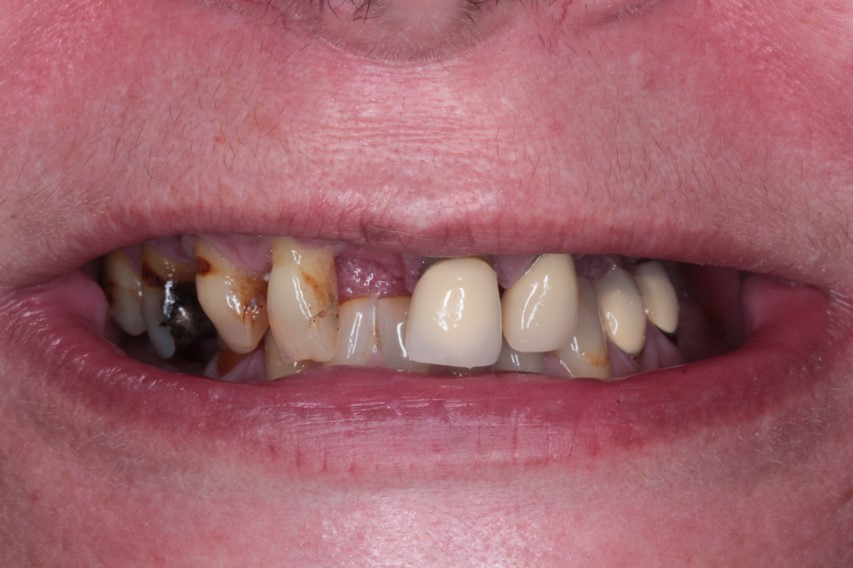
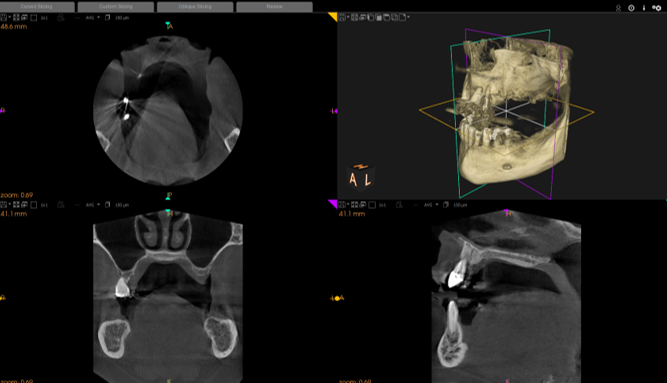
Dentures are not a perfect solution for any patients with missing teeth.
They take a lot of getting used to. They have become far more comfortable than older designs, but they aren’t always suitable for everyone. Dentures often require patients to completely change their lifestyle. This is because a lot of foods aren’t suitable whilst wearing dentures. There are many other reasons patients might find dentures off-putting. Still, the price-point is usually a lot more affordable and appealing over implants.
Nevertheless, implants are a highly sought-after solution because of their permanency as well as their natural aesthetic. There aren’t any worries about which foods you can and can’t eat, if the prosthetic will fall out, or issues of comfort. This is because implants are very similar to real teeth. It’s unlikely people in public will ever notice that you have implants fitted. This detail caught this patient’s attention from the very start. It was one of the reasons why they booked an appointment to see Dr Bagasi in the first place.
Stage one – starting implant treatment
Almost all dental treatments that you can get will start with an initial consultation at Synergy Dental. So, Dr Bagasi met with his patient for an initial check-up. A dentist will do this to assess your current oral health and make sure patients’ current health is suitable for different treatment recommendations. The dentist will also suggest the best treatment for individual cases. After an extensive oral examination, Dr Bagasi determined either a partial denture or full clearance solutions would be possible for the patient.
He then began the necessary preparations for him to begin a full arch implant-retained bridge treatment (hybrid acrylic bridge).
This included a full detailed report and a free CT scan*. Depending on the treatment you decide to go with, x-rays may be more suitable and cost-effective. However, CT scans are generally more successful for full arch implants due to their accuracy and advanced technology. The CT scan (pictured below) allowed Dr Bagasi to assess the bone levels within this patient’s mouth. It also allows for dentists to pre-plan the surgery so that it is as minimally invasive as possible. Dentists can also pre-plan for any bone grafting that might also be necessary.
The patient will need to also return to go over final preliminary paperwork and confirm their treatment. This patient did this by having a detailed discussion with Dr Bagasi about what the treatment involved. Then, they decided to consent to the rest of the treatment process.
Stage two – the surgery
Whether it’s the moment you’re dreading the most or the moment you’re the happiest about, implants will need to be placed into the jaw bone. This allows for permanent fixtures in the mouth. It might sound complicated and time-consuming. Nonetheless, it is generally a very straightforward procedure that your dentist will have a lot of training and experience in doing. Dr Bagasi, for example, is so highly regarded in his field that he has been accredited as a mentor by the Association of Dental Implantology in the UK.
The idea of surgical implants is quite simple.
Any remaining teeth will need to be removed for a full-arch set of implants. However, this will be taken into consideration on a case-to-case basis. After this, the dentist will need to make a hole in the gums and the jaw, where a special implant will be placed. Over time, during the healing process, these implants will start to become more secure as the bone heals. If there are any issues with the bone, which will be addressed through a CT scan, bone grafting can help the regeneration process. Again, this will need to be factored into treatment plans on a case-to-case basis.
The surgery itself may take a couple of hours to complete, depending on how many implants are being placed along with the complexity of the surgery.
Because of this, a full morning or afternoon will be booked out for you, but it may not necessarily take that long to complete. You’ll need a temporary denture to wear over the implants while they heal, as fitting permanent bridgework at this stage could result in your implants failing to integrate correctly. This patient was happy to continue wearing their old dentures for the remaining weeks while the implants had healed.
Stage three – healing and reviews
This is a crucial stage of the process, and it will determine whether your implants have been successful or unsuccessful. Although, it’s very likely that your implants will be successful when you are following all of your dentist’s recommendations post-surgery. This patient had their first interim appointment booked just two weeks later. These appointments are very straight forward and often only require a brief check-up of the healing process and suture removal.
One more interim appointment was booked six weeks later.
The patient was given the all-clear again and another four weeks until their next appointment, which was for their impressions. This is an exciting stage of the process where impressions are taken of patients’ mouths. They are then sent off to our dental laboratory. From here, customised full-arch bridgework was created for this patient while they were still healing.
Stage four – preparations and final fit
The next steps after stage three are all about getting your bridgework perfect for your mouth. You’ll have a number of repeat appointments. Dr Bagasi’s patient also had these, aimed at creating the best smile for them. The patient had these appointments two weeks apart from each other. A number of important things were done, such as taking impressions a second time with specially-designed trays. The bite registration was completed, and multi-unit abutments (MUA) were fitted along with a Duralay jig.
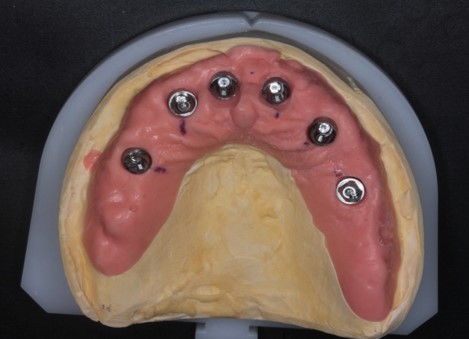
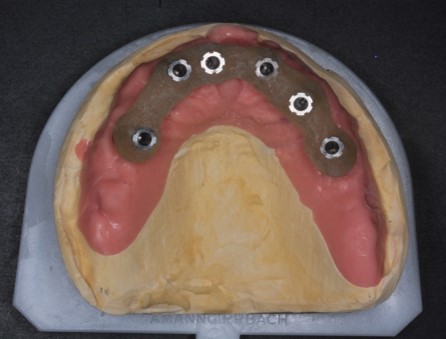
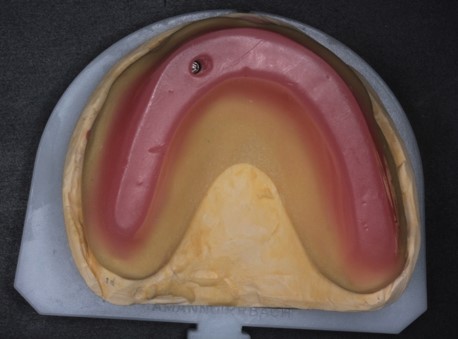
After Dr Bagasi had the final production of the wax-up, he had the patient return again to try them out for their appearance and how they felt. They checked if the patient was content with the results. The patient was incredibly happy and was then invited back to have their brand new, fully-customised hybrid acrylic bridge fitted to the implants. This created a permanent glowing smile for them, which the patient was completely overwhelmed by.
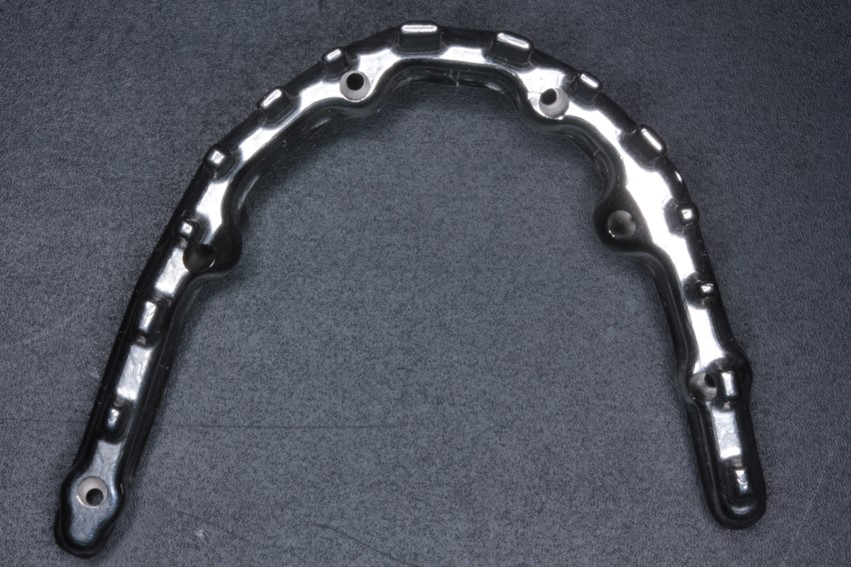
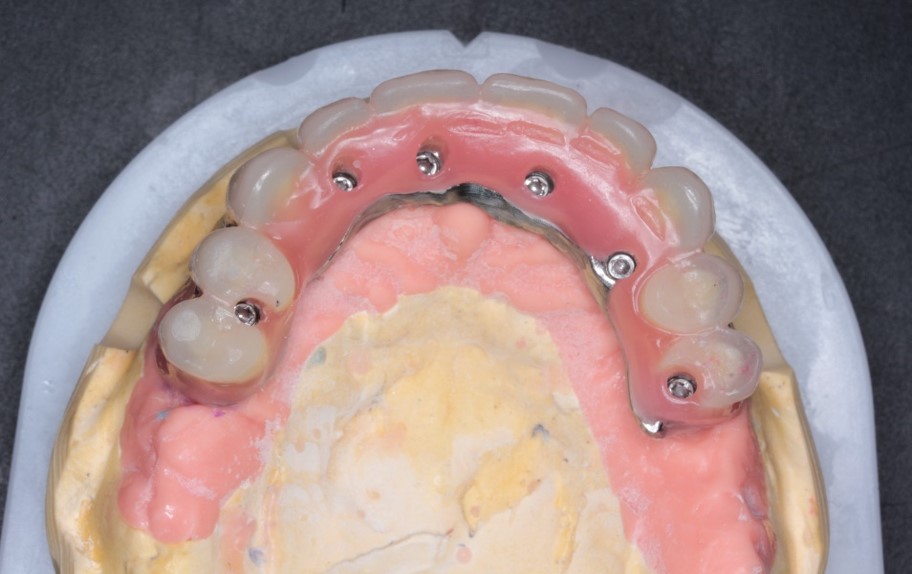
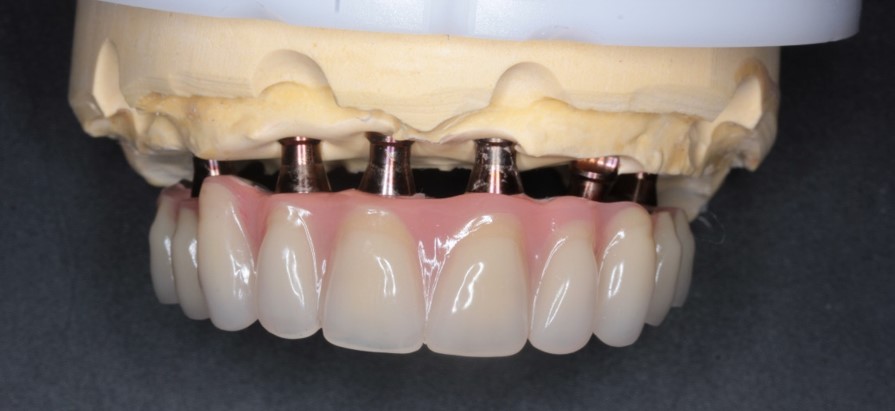
The last appointment you’ll have as part of the treatment will be to review the entire process and have some post-operative x-rays taken. This is to make sure everything has gone according to the treatment plan. Both you and your dentist should be happy with the results. Dr Bagasi confirmed that the treatment had been a success, and his patient now wakes up with a glowing smile every single day. Just look at the results!
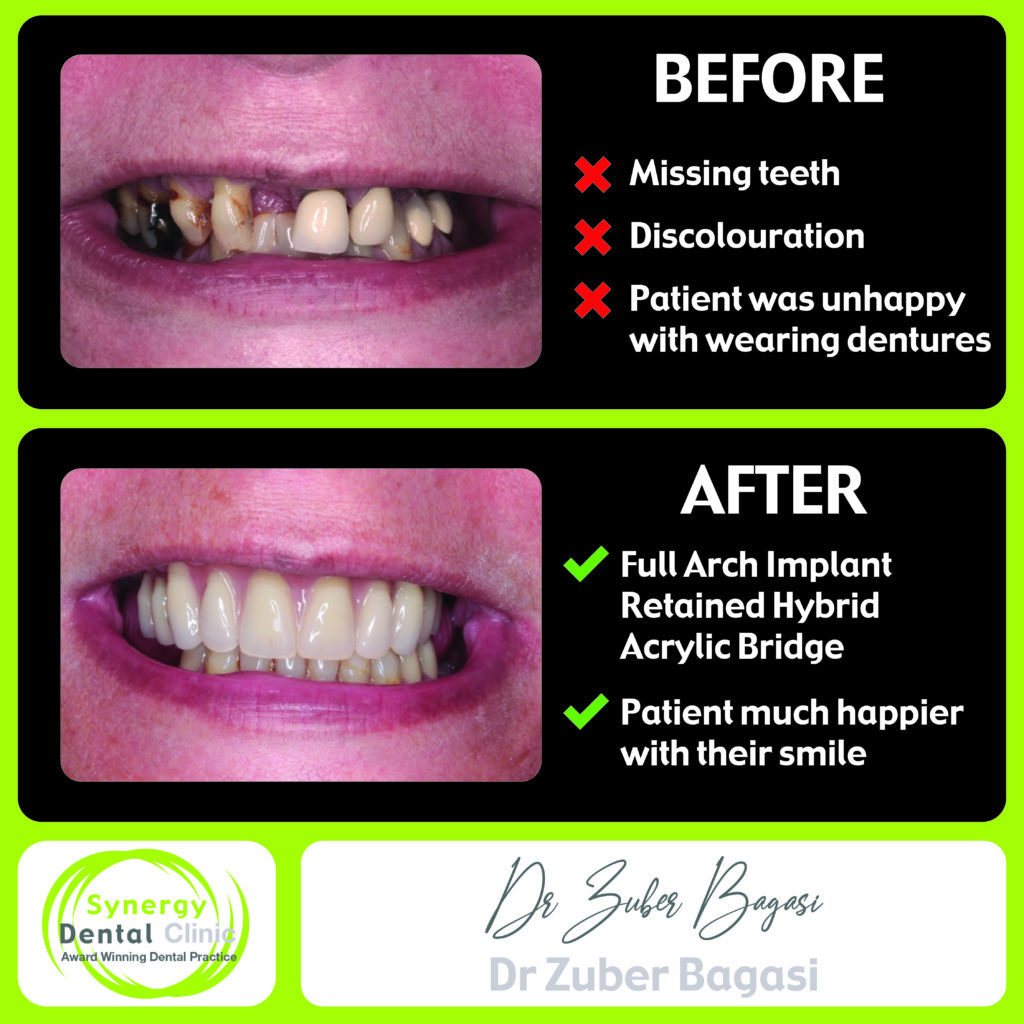
*Patients will be eligible for a free CT scan only when they undergo full arch dental implant treatment
Unsure about your dental health? Call your nearest Synergy Dental Clinic and we’ll be happy to help.

